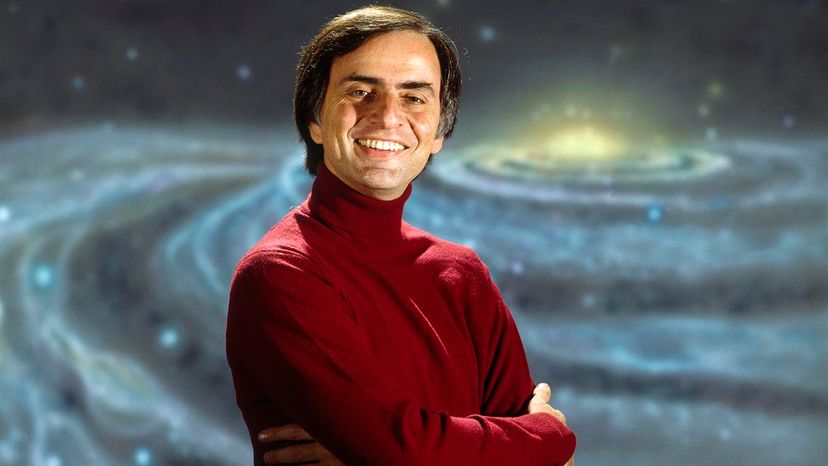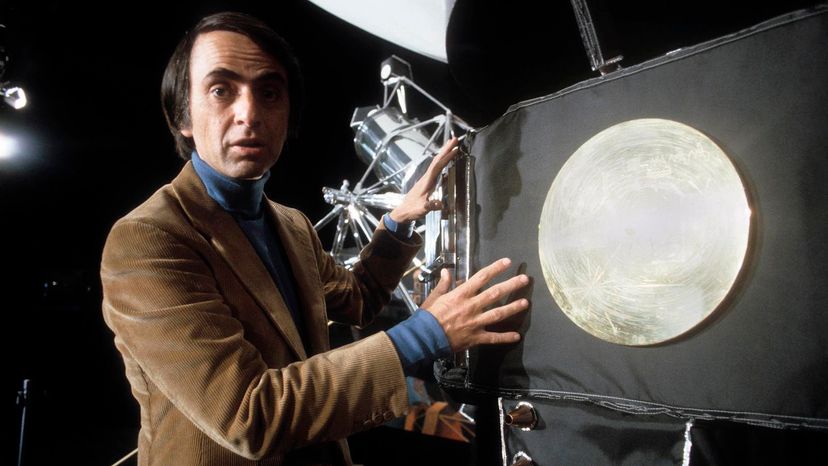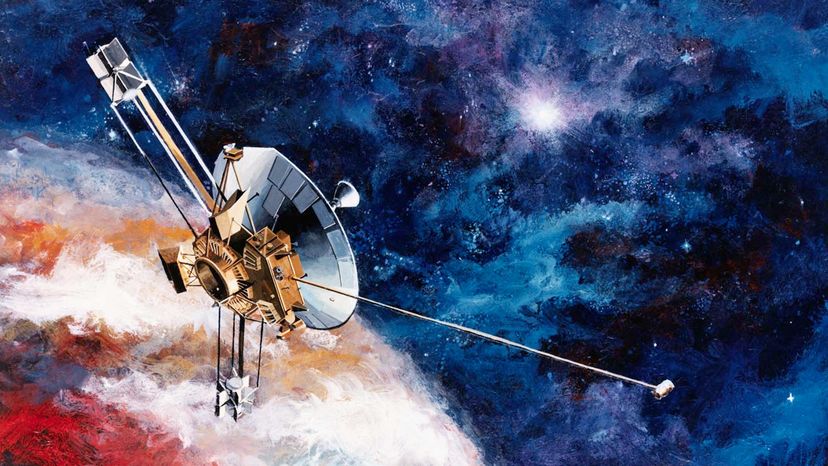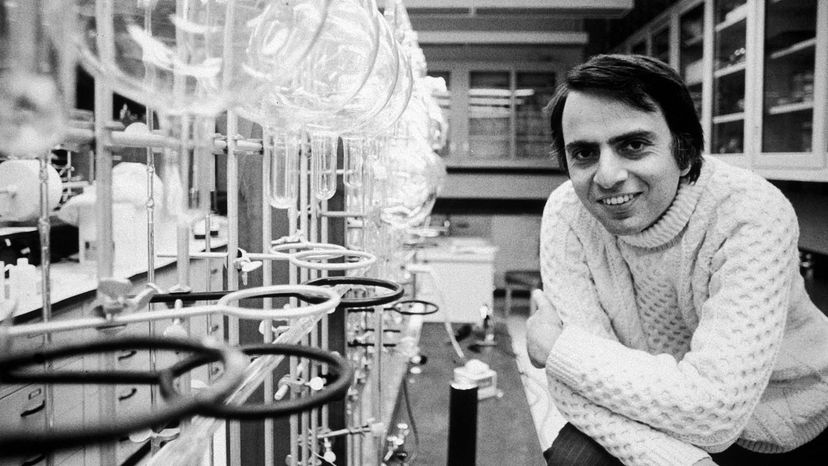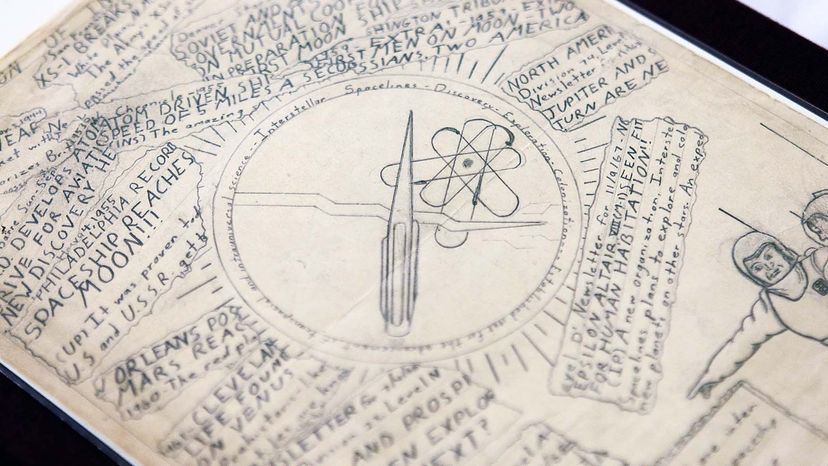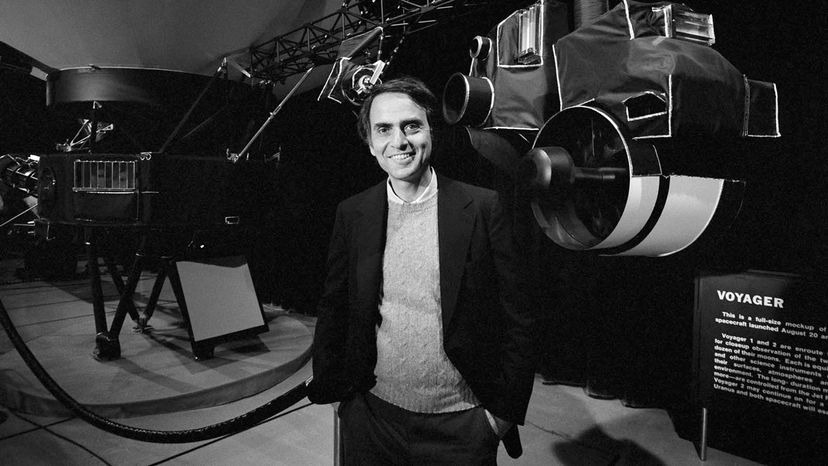
Key Takeaways
- Carl Sagan, a renowned astronomer and science communicator, popularized the study of the cosmos with his enthusiasm and accessible explanations.
- He contributed significantly to our understanding of planetary science, advocating for the exploration of Mars and other celestial bodies.
- Sagan's legacy lives on through his books, such as "Cosmos," and his iconic phrase "billions and billions," which continues to inspire curiosity about the universe.
Before Neil deGrasse Tyson, there was Carl Sagan. Handsome, articulate and witty, Sagan wasn't a man about town. He was a man about the cosmos. A tireless proponent of the universe, he was a pioneer in bridging the gap between science and nonscientists.
Sagan was a giant among his peers, too. He received 22 honorary degrees from colleges and universities throughout the U.S., published more than 600 scientific papers and articles, wrote best-selling books and hosted a record-breaking public television series, "Cosmos: A Personal Voyage." He discovered that Venus was heated through the greenhouse effect (something scientists later learned also happens on Earth) and that the red color of Mars comes from windstorm dust rather than vegetation. NASA explorations eventually proved he was right.
Advertisement
Sagan was born in 1934 and grew up in Brooklyn, New York. He graduated from the University of Chicago in 1960 with a doctorate in astronomy and astrophysics, then taught at Harvard and Cornell, where he became the director of Cornell's Laboratory for Planetary Studies and the David Duncan Professor of Astronomy and Space Sciences.
Some of Sagan's most memorable contributions occurred outside the classroom. During the 1950s and 1960s, he was NASA's astronaut whisperer. He offered advice to the Apollo crew before their journeys to the moon and conceived experiments for other planetary expeditions, including an interstellar record designed to greet the unknown inhabitants of deep space. And that's just one cool thing on our list.
